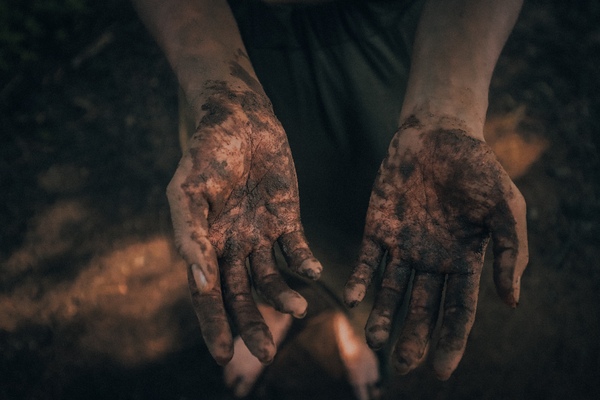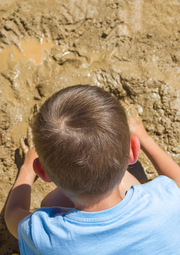Mud Play Safety Tips Every Parent Should Know
If there’s one thing that children enjoy, it’s enjoying the outdoors. Of course, this has gotten a little rare with every kid having a smartphone. Mud play can be a great form of sensory experimentation. It provides children with a tactile and often messy experience that can be both enjoyable and beneficial for their development.
It can include playing in mud puddles, creating mud pies, or engaging in more elaborate activities that involve sculpting or building with mud. This might seem like a silly activity, but experts have noted that it has a number of unique benefits. However, it also comes with some health risks.
Today, we will explore some of the essential safety tips that you should know before letting your kids play with mud.
What Are The Benefits of Mud Play?
The varied textures, temperatures, and smells associated with mud engage the senses, contributing to the development of cognitive skills. As children squish, mold, and manipulate mud, they are enhancing their understanding of cause and effect, size and shape, and refining their fine motor skills.
Some sources state that mud play helps kids improve their creativity, reduce stress, and boost brain activity. While adults may not always understand the appeal, children seem to naturally love playing in mud. There could be an important reason for this.
Mudplay has actual health benefits as well. According to Healthline and the Mayo Clinic, children who play in mud can develop a healthier immune system and improve gut health.
It often involves collaboration and cooperation, especially when children engage in group activities. Negotiating roles, sharing tools, and working together to achieve a common goal promote social skills and emotional development. It’s also a great gateway for children to connect with the natural world.
Know the Risks and Potential Contaminants
While mud play offers a plethora of developmental benefits for children, it is crucial for parents and caregivers to be aware of potential risks and contaminants. There are two key risks to be aware of, let’s take a look at what they are.

Presence of Potential Toxic Chemicals
The soil where children engage in mud play may contain heavy metals such as lead, arsenic, and mercury. This can pose health risks if ingested or absorbed through the skin. Industrial activities, urban pollution, and historical land use can contribute to elevated levels of these contaminants in certain areas.
The infamous case of Camp Lejeune, a U.S. Marine Corps base, serves as a stark reminder of the long-term consequences of water contamination.
According to TorHoerman Law, from the 1950s through the 1980s, residents and military personnel were exposed to toxic PFAS chemicals at Camp Lejeune.
The drama around this incident continues to this day, with the most recent Camp Lejeune lawsuit update highlighting status conferences yet to be scheduled.
PFAS chemicals have a tendency to be present in contaminated soil and can be dangerous indefinitely. If you happen to live close to industries, farms, or factories, there is a chance that the ground could be contaminated.
Thus, be extra careful and ensure that you know for certain that the mud your kids are playing in is safe.
Watch Out for Sharp Objects
Not all mud is going to be free from debris and objects that can cut or penetrate skin. This is why it’s a good idea to inspect the area beforehand to identify and remove any potential hazards.
You should ensure that close supervision is happening during mud play. An adult needs to be present to monitor the children and intervene if necessary.
Similarly, set clear ground rules for mud play, including guidelines about avoiding sharp objects. Teach children to play responsibly and to notify an adult if they find anything that could be dangerous.
Getting cut and exposing the open wound to mud and soil pose a wide number of health risks. Common bacteria found in soil include Staphylococcus and Streptococcus, which can cause skin infections and other complications.
According to the CDC, tetanus bacteria spores are everywhere in the environment. This includes soil and, naturally, mud. Exposing an open cut or wound to soil is the last thing you want your child to do.
In conclusion, while mud play offers a host of developmental benefits and provides a gateway for children to connect with nature, it’s imperative for parents to prioritize safety.
As parents, maintaining awareness of the play environment, inspecting areas for potential hazards, and setting clear ground rules contribute to a safer mud play experience. Safety measures can feel boring at times, but remember, it’s better to be safe than sorry.




